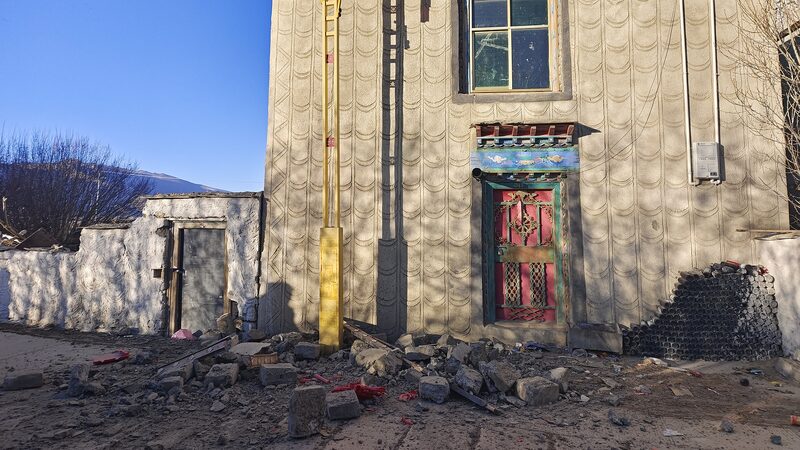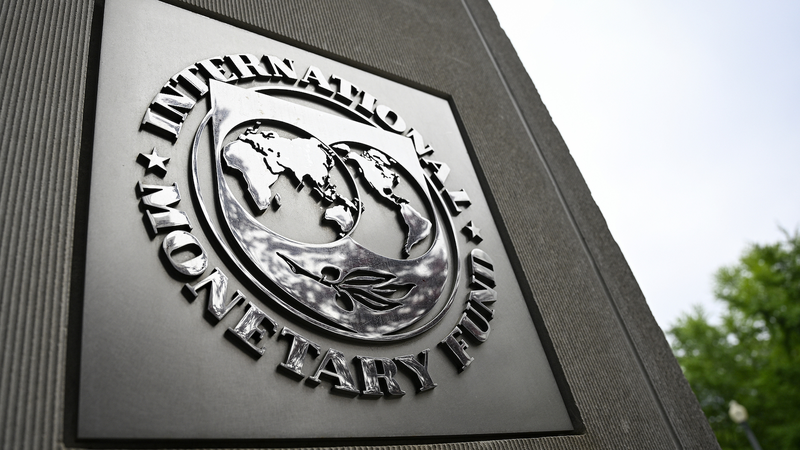Rescuers Face Himalayan Hurdles After Xizang Earthquake ⛰️
The sun had barely risen when a magnitude-6.8 earthquake shook the serene landscapes of Dingri County in Xigaze, southwest China's Xizang Autonomous Region, at 9:05 a.m. on Tuesday. The tremors were felt in Tsogo Township, impacting 27 villages and approximately 6,900 people within a 20-km radius.
Nestled on the northern slopes of the majestic Himalayas and bordering Nepal, Dingri County is no stranger to natural beauty—or natural disasters. With an average altitude of 4,500 meters, it's home to the northern base camp of Mount Qomolangma, the world's highest peak.
Why Did the Earthquake Hit Here? 🌏
According to Professor Ma Changqian from the School of Earth Sciences at the China University of Geosciences, this seismic event is closely tied to the region's unique geological makeup. \"Dingri County lies in one of the world's most seismically active zones,\" he explains.
This area sits where the Indian and Eurasian tectonic plates collide, creating the famous Himalayan orogenic belt. The crust here is over 70 kilometers thick—one of the thickest on Earth! Such intense tectonic activities, including fault slipping and folding, build up significant stress underground, leading to earthquakes.
Challenges at the Roof of the World 🏔️
Rescue operations aren't easy when you're dealing with the \"Roof of the World.\" The high-altitude mountainous terrain, with its steep slopes and rugged landscapes, makes access difficult. \"Secondary disasters like landslides and mudslides can block roads and hinder rescue efforts,\" Professor Ma warns.
And then there's the weather. Winter in these heights is harsh. Nighttime temperatures can plunge below freezing, posing survival risks for the injured. Unpredictable weather conditions—think sudden snowstorms and low visibility—can delay both air and ground rescue missions.
What’s Next for the Region? 🚁
Following the quake, aftershocks are likely in the coming days and weeks. While they generally decrease in magnitude over time, the highly active tectonic setting means there's still a chance of significant aftershocks.
Authorities have sprung into action. The China Earthquake Administration launched a level-I emergency response, sending teams to assist with local disaster relief. The office of the State Council earthquake relief headquarters and the Ministry of Emergency Management also initiated level-II emergency responses.
Professor Ma emphasizes the importance of safety during rescue operations. \"We need to prevent secondary disasters by deploying geological experts to assess mountain stability and avoid high-risk areas,\" he says. Monitoring for potential hazards like barrier lakes is also crucial.
A Call for Resilience ✊
The people of Dingri County are facing immense challenges, but with coordinated efforts and support, recovery is on the horizon. As rescue teams battle the elements and terrain, their courage and determination shine through the adversity.
Stay tuned for updates as we follow this developing story.
Reference(s):
cgtn.com




